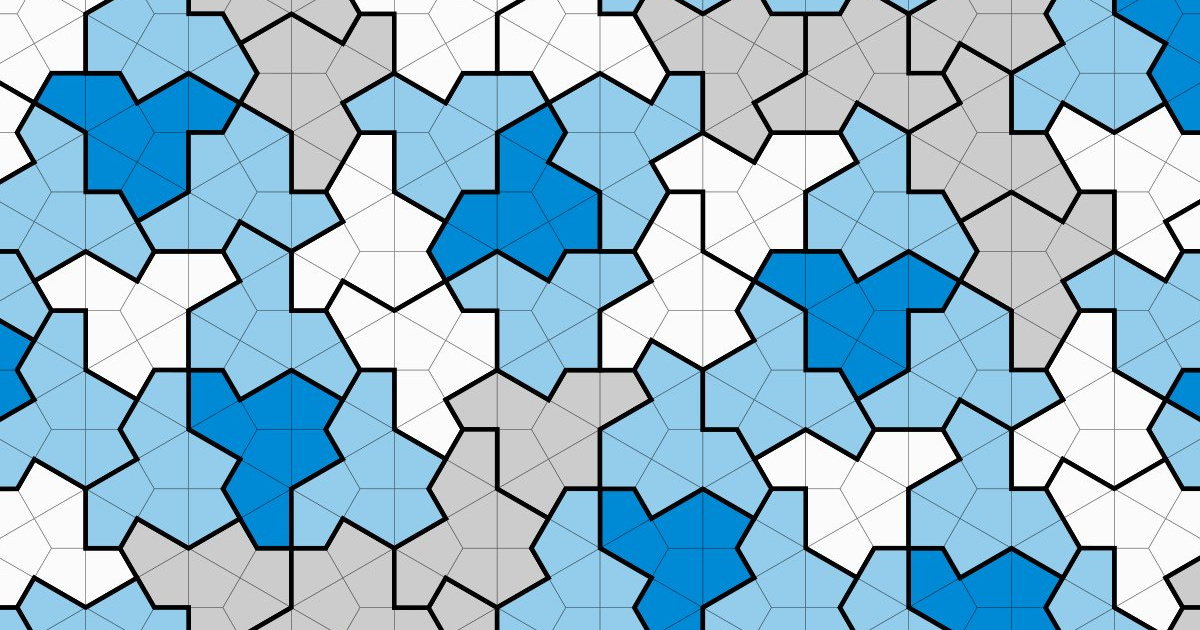One of the most famous non-periodic courts is attributed to Roger Penrose. Penrose, who received the 2020 Nobel Prize in Physics, discovered a group of 6 planar elements that could be used to create a non-repeating pattern in 1973 – the scientist later reduced the group to two.
Until the work of Johannes Kepler XVII. A problem that can be traced back to the nineteenth century also inspired Albrecht Dürer. Since then, mathematics has been looking for Einstein – this interesting here does not refer to Albert Einstein, but indicates that the pattern is made of one piece (one stone – Stein’s eye).
The shape is described and its special properties demonstrated in a joint scientific article by David Smith, Joseph Myers, and Chaim Goodman-Strauss. Einstein has 13 sides, and was nicknamed “the hat” by its creator.
You’re looking for that thing in a million. You filter out 999,999, which leaves you with something odd and worth further investigation. Then you manually scan this one, try to make sense of it, and build a structure out of it
Chaim Goodman-Strauss, a professor at the University of Arkansas, explained the discovery method.
The discoverer of the identifier, the Englishman David Smith, is a retired 64-year-old printing press mechanic who, according to his own words, was never outstanding in mathematics, but his obsessive hobby was the search for non-periodic tiles. Smith used his home cardboard cutter to make and stack the blueprints he was examining.
Einstein is a polykite, that is, it consists of kite-shaped rhombuses obtained by fracturing hexagons. Soon after, another Smith-Einstein discovered, this one consisting not of 8, but of 10 dragons, and it was called “The Turtle”.
Even more surprising is that the non-periodic tiles fit into a hexagonal grid, which you will hardly find a more periodic grid
Doris Schachneider, a mathematician at the Moravian University, points out this.
This discovery is a real breakthrough, and it is important not only in the field of mathematics, but also in the field of materials science.
(Interesting geometryAnd New York times)












































